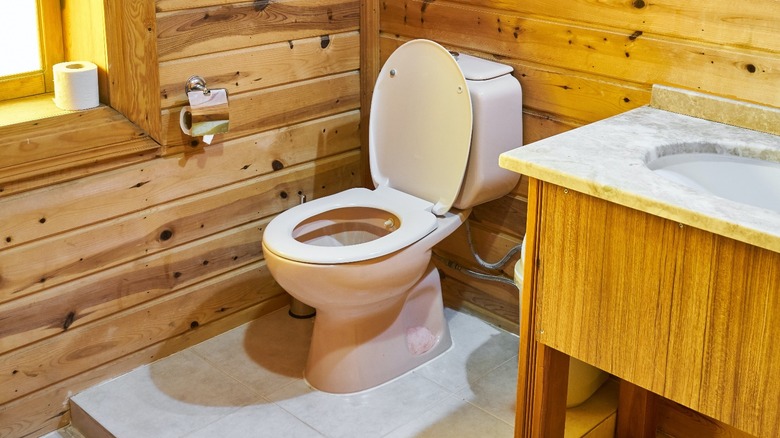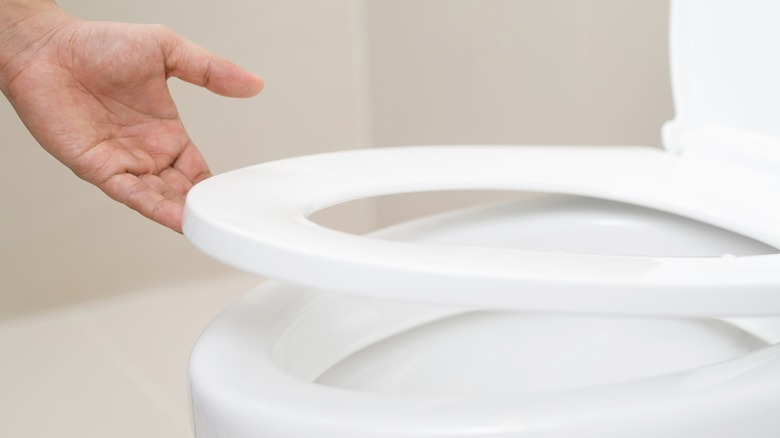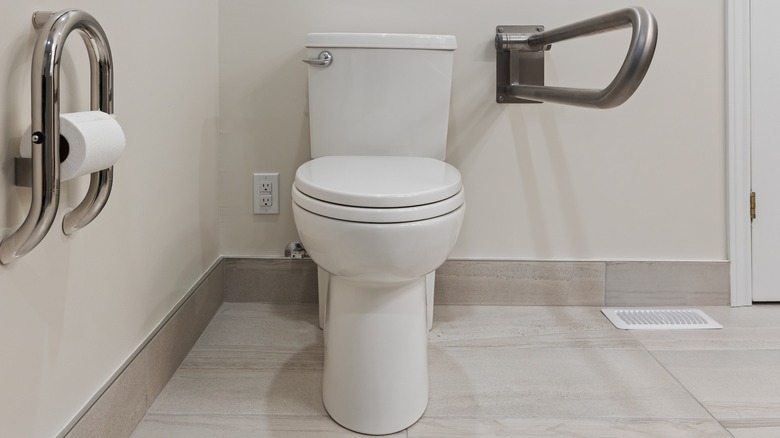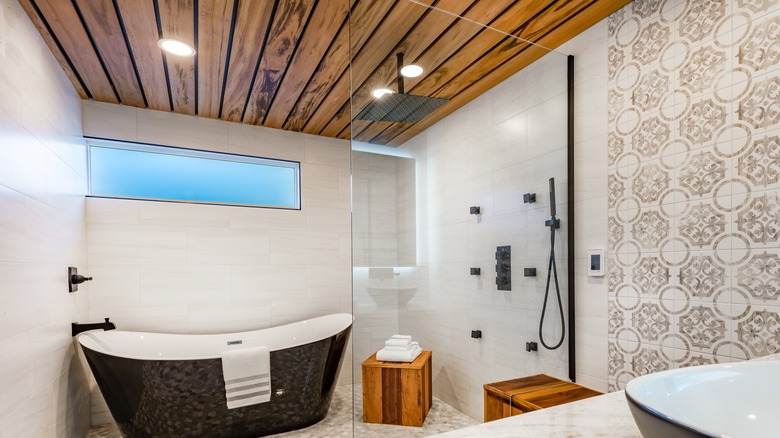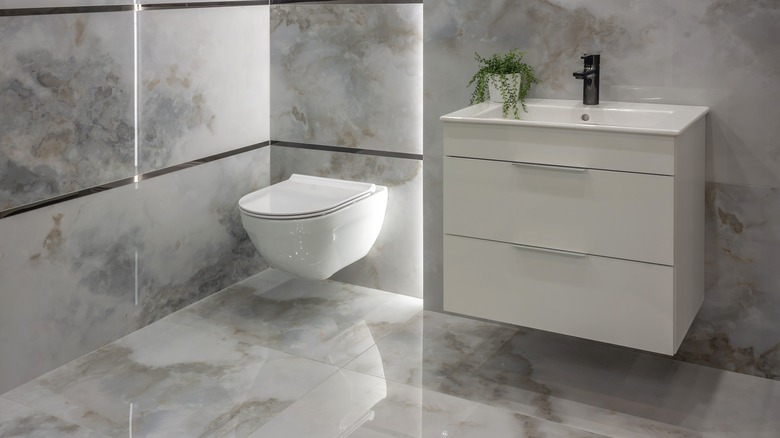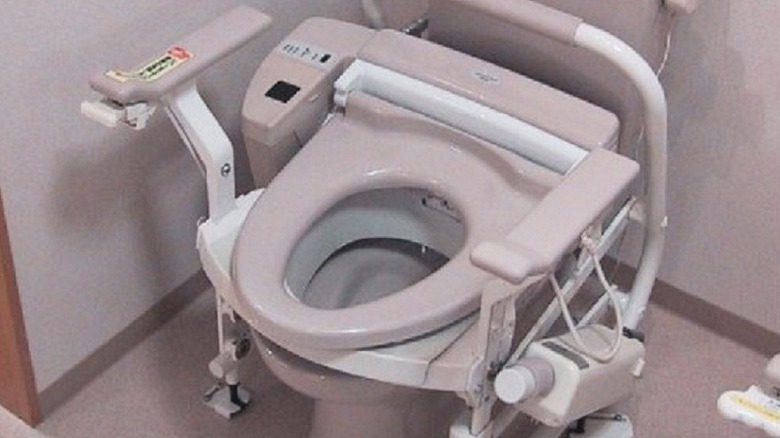Tips To Improve Your Toilet's Accessibility
Making your toilet accessible is more than just ticking off items on a compliance checklist. It's a commitment to inclusivity and ensuring that those with accessibility issues can use the facilities with ease and dignity regardless of physical capabilities. The essence of an accessible toilet is rooted in understanding and empathy. According to the CDC, one in four U.S. adults has a disability, with 12% being mobility-focused. These adults undoubtedly deserve to feel secure, comfortable, and independent in any home. That's why many folks ensure their bathrooms are user-friendly.
Toilets, often overlooked in the broader scope of bathroom design, are central to this discussion. Features like grab bars, elevated seats, and ample space for maneuvering can make a world of difference. These aren't just amenities but essential components that can transform a routine activity into a safer, more manageable task for many people.
Consider the height of the toilet
When designing an accessible restroom, the height of the toilet is important. The right height ensures that those with disabilities, older adults, or anyone with mobility issues can comfortably sit down and stand up without straining or needing additional assistance. It's not just about comfort — it's about fostering independence and confidence in one's daily routines.
Typically, the standard height for accessible ADA-compliant toilets ranges from 17 to 19 inches from the floor to the top of the seat. This range considers the average wheelchair seat height, allowing for a more straightforward transfer from the wheelchair to the toilet and vice versa. However, there are taller toilet options available from stores like Home Depot that are excellent choices for those who feel the standard height is too short — though they are not ADA-compliant, with some exceptions listed in section 604.4. You can also consider investing in toilet base raisers.
Install grab bars
For many individuals, especially those with mobility challenges, simple tasks like sitting down or standing up from the toilet can be daunting. This is where the installation of grab bars comes into play, offering a practical solution to enhance safety and independence in the bathroom. Installing at least one grab bar on one side of the toilet can make a big difference, allowing users to leverage their strengths, balance themselves, and move more confidently.
However, it's not just about having a grab bar — installation and placement are equally crucial. The bar should be securely anchored to the wall to ensure it can support the user's weight without the risk of coming loose. A poorly installed grab bar can lead to accidents, defeating the purpose of having one. Furthermore, it should be positioned at an optimal height, making it easily accessible and comfortable for the user to grip. This ensures that the individual can effectively use it for support when transitioning from standing to sitting and vice versa. While the concept of a grab bar might seem basic, its impact on the safety and autonomy of individuals with mobility challenges is profound.
Ensure adequate lighting
Having good lighting in the bathroom isn't just about aesthetics — it can significantly affect the toilet's safety and usability. Proper illumination helps prevent slips, trips, and other accidents. For someone with mobility issues or visual impairments, navigating a poorly lit bathroom can be challenging and hazardous. Moreover, the placement of light switches is equally crucial. Imagine the inconvenience of struggling to reach a switch placed too high. To ensure ease of use, light switches should be positioned at a height easily accessible to someone in a wheelchair so they can turn lights on or off without assistance.
To further enhance safety and convenience, consider integrating motion-sensor lights. These lights automatically turn on when someone enters the bathroom, eliminating the need to fumble for a switch, especially in the dark. This feature is particularly beneficial during nighttime visits, offering effortless navigation and reducing the risk of accidents.
Consider the location of the toilet
One of the most crucial aspects of ensuring an accessible bathroom is the strategic placement of the toilet. For those who rely on wheelchairs, moving to and from the fixture can be a significant concern, so its location should be thoughtfully chosen to facilitate easy and safe transfers.
The space around it is also key — the area should be clear of any obstacles or hindrances. Looking to the Americans with Disabilities Act (ADA) guidelines is a solid first step to ensuring everything's set up for the best accessibility. These guidelines emphasize the importance of space, suggesting a minimum of 56 inches of clear floor space from the back wall of the toilet area and the opposite wall. This ensures enough room for someone to approach and position themselves comfortably. Additionally, having at least 48 inches of space across both sides of the toilet allows for easy lateral movements, which is especially crucial for those transferring from wheelchairs. Per the ADA, these numbers will vary depending on the design of your bathroom.
Add a lift seat
One innovative solution for toilet accessibility is the addition of a lift seat to an existing toilet. It's not just an add-on — it's a gateway to greater independence. Raising the toilet seat's height eases the transition for users, making sitting and standing a more fluid motion. This minor tweak can be a game-changer for the many who find these everyday actions challenging.
For individuals with conditions like arthritis and muscular dystrophy or who are recovering from surgeries, lowering oneself to a standard toilet seat or rising from it can be painful, if not risky. By providing extra height and support, the lift seat reduces the strain on the joints and muscles, ensuring a safer and more comfortable experience. It shows that even minor adjustments can make a big difference, simplifying everyday tasks for those facing mobility challenges. They can typically be purchased directly from companies like LiftSeat or healthcare companies like Walton Medical.
[Featured image by Chris 73 via Wikimedia Commons | Cropped and scaled | Attribution-ShareAlike 3.0 Unported (CC BY-SA 3.0)]
